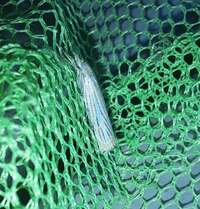
| Recorded by: Allison Garton on 2025-06-20
Moore Co.
Comment: | 
| Recorded by: Jeff Niznik, David George, Larry Chen, Sarah Toner, Joye Zhou on 2025-06-20
Richmond Co.
Comment: |

| Recorded by: Allison Garton on 2025-06-19
Moore Co.
Comment: | 
| Recorded by: Mark Basinger on 2025-05-31
Brunswick Co.
Comment: |
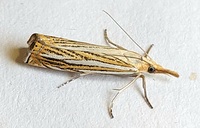
| Recorded by: Mark Basinger on 2025-05-31
Brunswick Co.
Comment: | 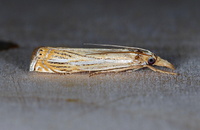
| Recorded by: Jim Petranka on 2025-05-24
Richmond Co.
Comment: |

| Recorded by: David George, Jeff Niznik on 2025-05-24
Richmond Co.
Comment: | 
| Recorded by: David George, Jeff Niznik, Jim Petranka, Becky Elkin on 2025-05-24
Richmond Co.
Comment: |
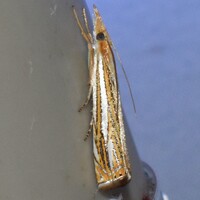
| Recorded by: David George, Jeff Niznik on 2025-05-24
Richmond Co.
Comment: | 
| Recorded by: Jim Petranka and Becky Elkin on 2025-05-23
Richmond Co.
Comment: |

| Recorded by: David George, Jeff Niznik, Stephen Dunn on 2024-06-29
Chatham Co.
Comment: | 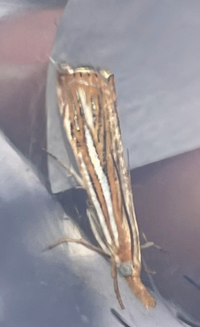
| Recorded by: Larry Chen on 2024-05-31
Beaufort Co.
Comment: |

| Recorded by: Jeff Niznik on 2023-07-12
Chatham Co.
Comment: | 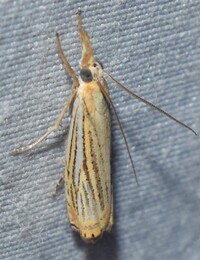
| Recorded by: Jeff Niznik on 2023-06-17
New Hanover Co.
Comment: |
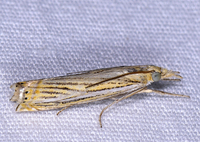
| Recorded by: Jim Petranka and John Petranka on 2023-06-14
Moore Co.
Comment: | 
| Recorded by: Richard Teper on 2022-05-31
Moore Co.
Comment: |
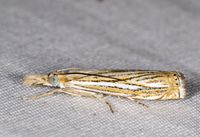
| Recorded by: John Petranka on 2022-05-28
Orange Co.
Comment: | 
| Recorded by: Jim Petranka and Steve Hall on 2021-06-08
Scotland Co.
Comment: |
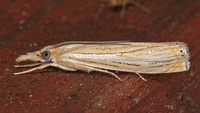
| Recorded by: Mark Shields on 2021-06-05
Onslow Co.
Comment: | 
| Recorded by: Mark Shields on 2021-05-27
Onslow Co.
Comment: |

| Recorded by: Mark Shields on 2020-06-14
Onslow Co.
Comment: | 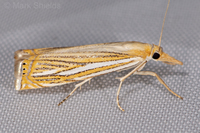
| Recorded by: Mark Shields on 2020-05-30
Onslow Co.
Comment: |
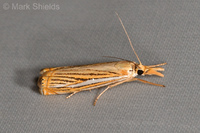
| Recorded by: Mark Shields on 2019-06-11
Onslow Co.
Comment: | 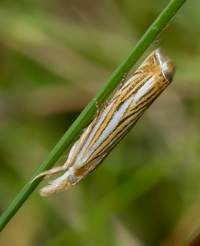
| Recorded by: Steve Hall on 2014-06-23
Pender Co.
Comment: A few were flushed from savanna grasses |
|

 »
»



 »
»

